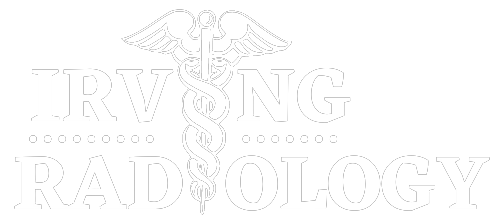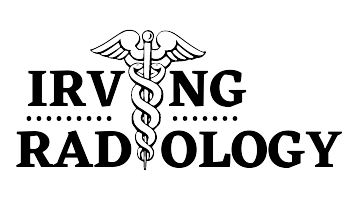Cancer is a devastating disease that affects millions of people globally. It is critical to detect cancer early so that treatment may begin as soon as feasible. This is where radiography comes into play in cancer diagnosis and therapy. Radiology is the study and use of medical imaging to the diagnosis and treatment of illness. This field has advanced significantly over the years and has become an important instrument in the battle against cancer.
What exactly is Radiology?
Radiology is the medical specialty that uses medical imaging to diagnose and treat disorders. Radiology gives comprehensive pictures of the interior structure of the body and aids in the detection of illnesses and other disorders that are not visible to the naked eye. Radiology is important in cancer diagnosis since it helps to determine the location, size, and stage of the cancer.
Radiology Types Used in Cancer Diagnosis
There are several forms of radiography used to diagnose cancer. Some of the most popular radiology procedures are:
- X-rays: The most prevalent type of radiography is X-rays. They employ electromagnetic radiation to create photographs of the body’s interior anatomy. X-rays are frequently used to detect bone fractures and malignancies.
- CT Scans (Computerized Tomography): CT scans utilize X-rays and computer technologies to create detailed pictures of the inside anatomy of the body. CT scans are frequently used to detect cancer in the lungs, liver, abdomen, and pelvic.
- Scans for Magnetic Resonance Imaging (MRI): Magnetic fields and radio waves are used in MRI scans to provide detailed pictures of the body’s interior structure. MRI scans are routinely used to diagnose brain, spine, and joint malignancy.
- PET (Positron Emission Tomography) scans: PET scans provide pictures of the body’s metabolic activities by combining radioactive isotopes with computer technologies. PET scans are routinely used to detect cancer in the lungs, breast, and other organs.
- Ultrasound: Ultrasound creates pictures of the inside structure of the body by using high-frequency sound waves. Ultrasound is routinely used to detect cancer in the liver, pancreatic, and other organs.
The Value of Early Diagnosis
Early detection is critical in the battle against cancer. The earlier cancer is detected, the greater the likelihood of effective therapy. Radiology plays an important role in early diagnosis by giving precise pictures of the interior anatomy of the body. This aids in the detection of cancer at an early stage, while it is still curable.
If a patient develops a lump in their breast, for example, a mammography (an X-ray of the breast) can be done to identify whether the mass is malignant. If the mammography reveals that the lump is malignant, therapy can begin as soon as possible, enhancing the patient’s chances of a favorable outcome.
The Role of Radiology in Cancer Treatment
Radiology is also important in cancer therapy. Radiology is used to track therapy progress and establish if the cancer is responding to treatment. For example, if a patient is getting radiation therapy for cancer, a CT scan can be used to monitor the tumor’s growth and assess if the radiation therapy is effective.
Furthermore, radiology is used to undertake minimally invasive treatments such as biopsies, which are used to remove a sample of tissue from the body for analysis. Radiology can also be utilized to conduct interventional treatments such as catheter or stent implantation, which can help reduce cancer-related symptoms.
Radiology is also important in the development of novel cancer therapies. Radiologists collaborate closely with oncologists and other healthcare professionals to develop innovative therapies and technology to enhance cancer detection and therapy. Novel imaging technologies, such as functional MRI scans, are being developed, for example, to assist better understand the biological processes involved in cancer, which might lead to new therapies.
Radiology’s Role in Cancer Diagnosis and Treatment
Radiology is continually improving, and new technologies that might enhance cancer detection and therapy are being developed. Artificial intelligence and machine learning techniques, for example, are being developed to assist radiologists in swiftly and effectively detecting cancer in medical imaging. This can increase diagnostic accuracy and minimize the chance of missed diagnosis.
Furthermore, new imaging technologies that can increase cancer diagnosis accuracy are being developed. For example, molecular imaging technologies, such as PET-MRI scans, are being developed to provide pictures of the body’s metabolic activity, which can aid in the early detection of cancer.
Conclusion
Radiology is critical in the battle against cancer. It is a vital tool for early cancer diagnosis, which is critical for successful therapy. Radiology is also important in the discovery of novel cancer therapies and in monitoring therapy progress. As new technologies are developed, radiology will continue to play an important role in improving cancer detection and therapy.
To summarize, radiography is an important aspect of the healthcare system and plays an important role in cancer diagnosis and therapy. Early detection and treatment are key in the battle against cancer, and radiology plays an important role in making that happen. If you or someone you know is having cancer symptoms, make an appointment with a radiology specialist as soon as possible to ensure the best potential outcome.

